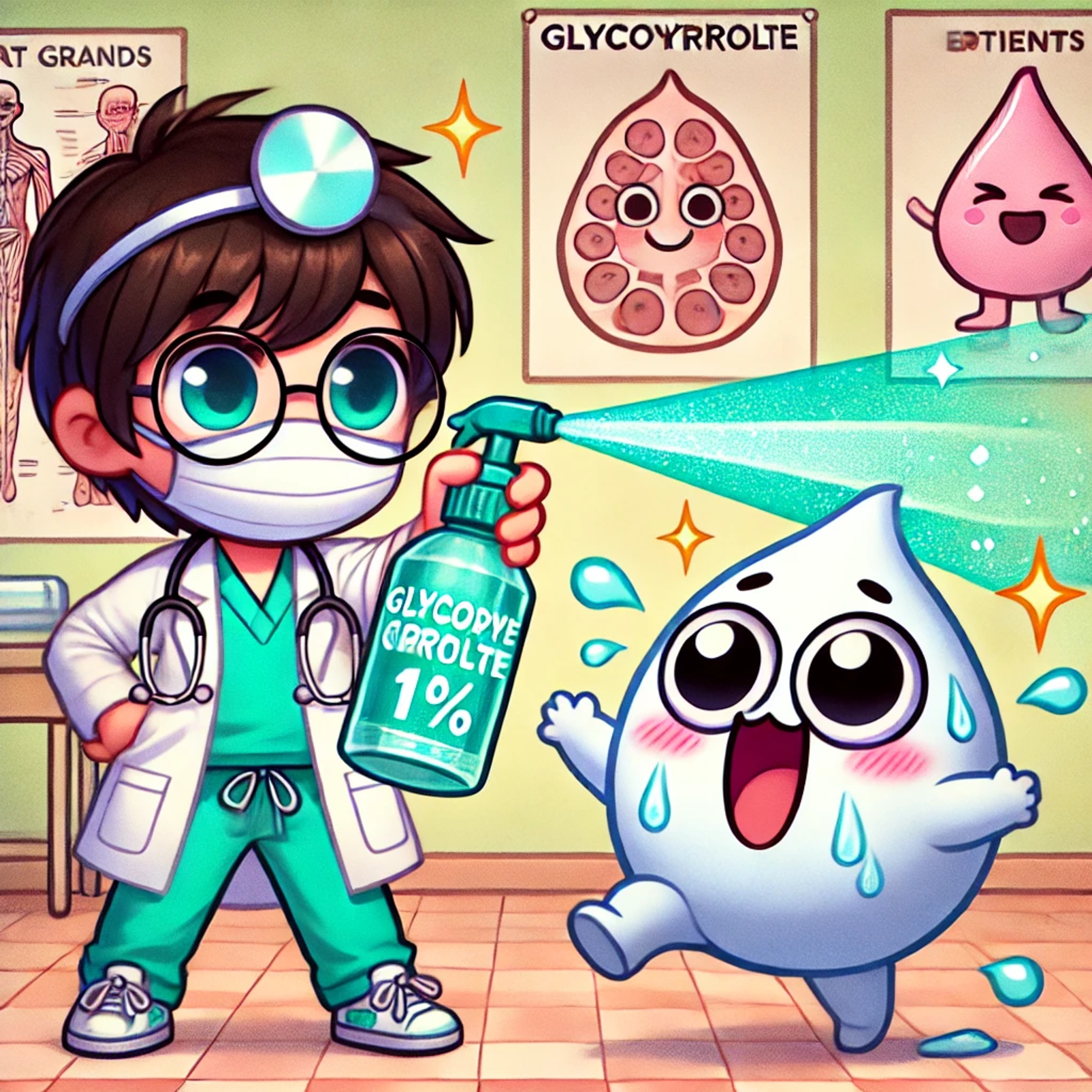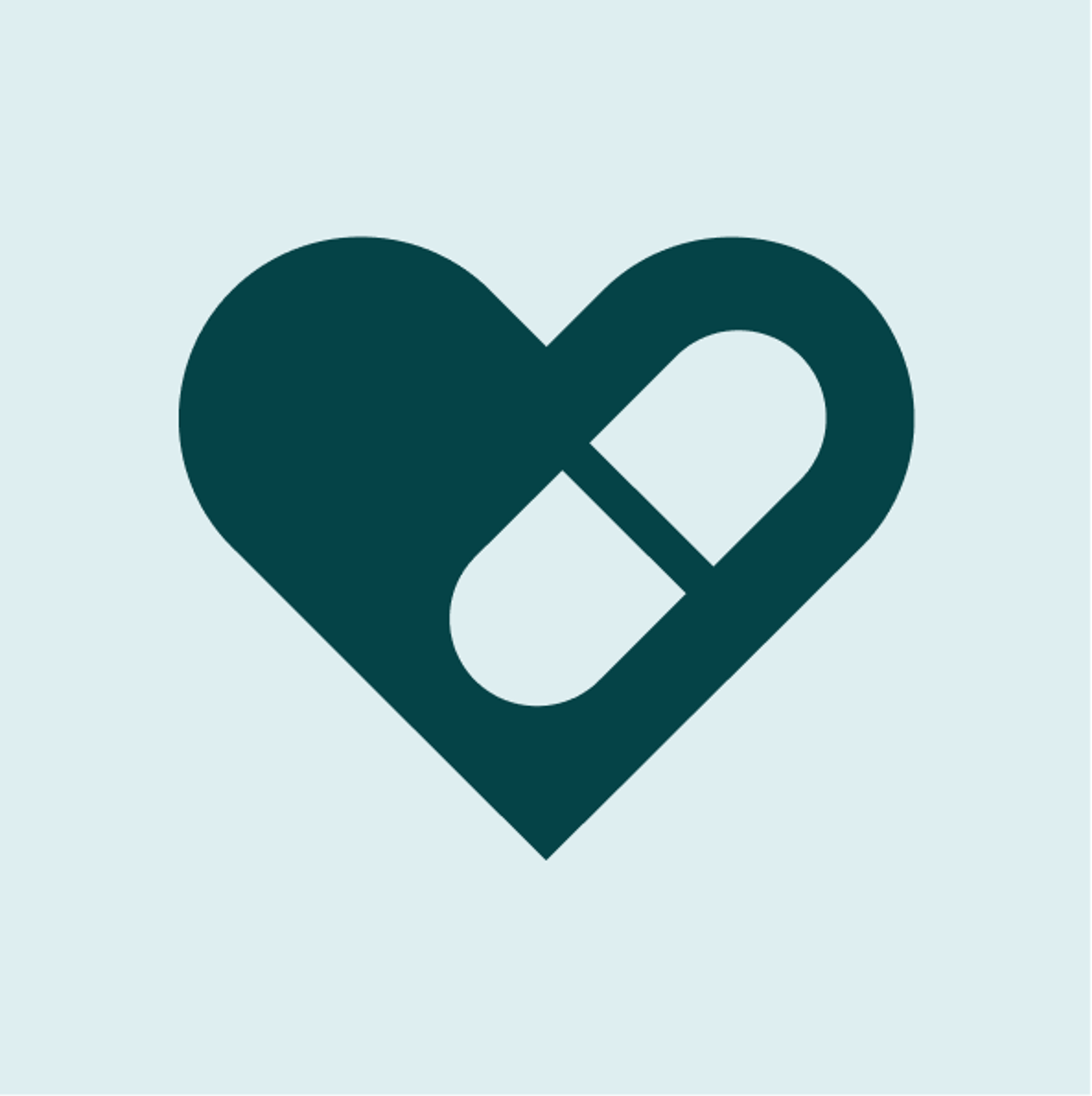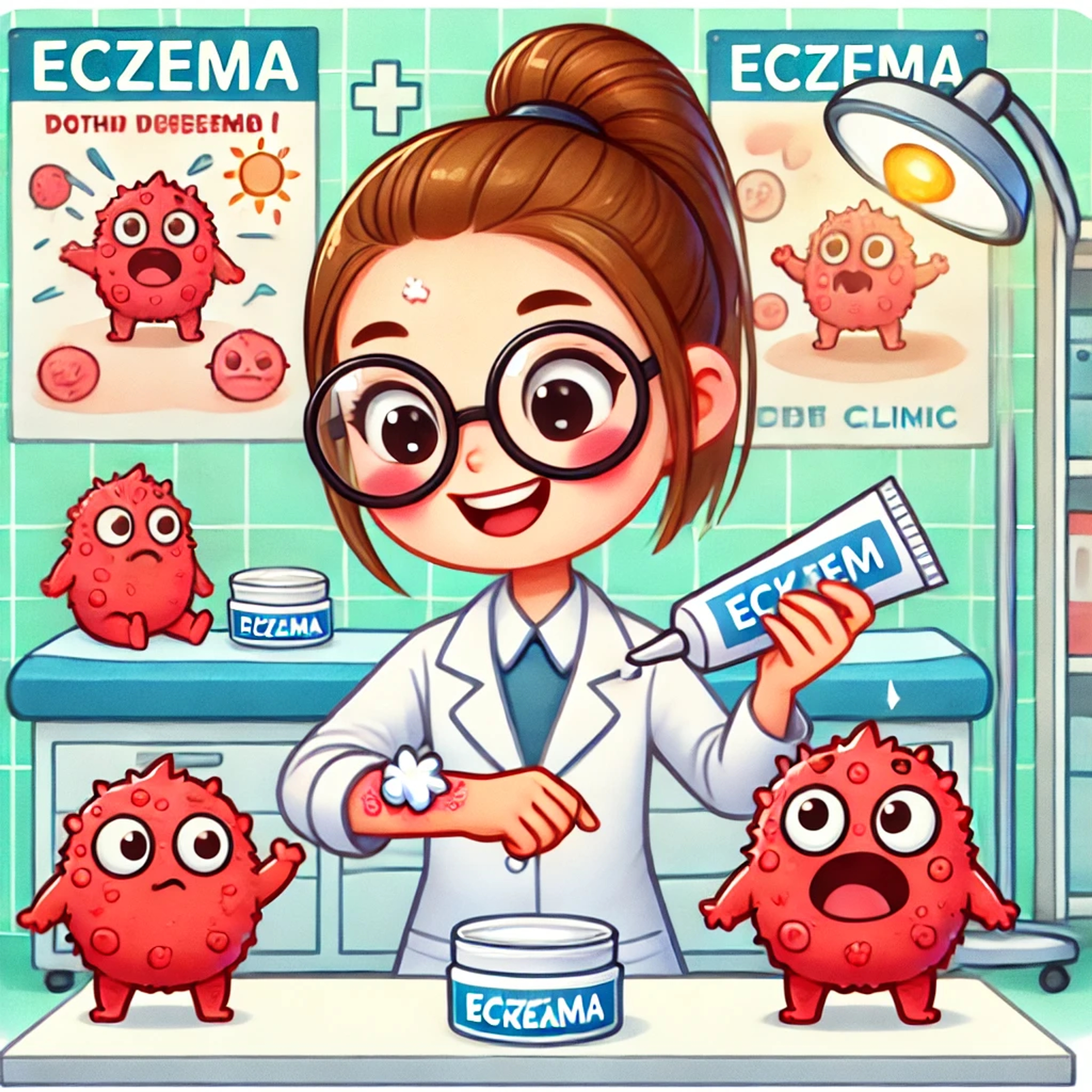Executive summary
Compounded medications continue to play an important role in patient care when FDA-approved products are unavailable, contraindicated, or insufficient for individualized needs. Yet variability in quality, oversight, and pricing creates risk for both patients and physicians. In 2025, digital prescribing platforms offer new opportunities for safer, compliant, and transparent access to compounded therapies.
1) What counts as compounding in 2025?
Compounding is defined as the preparation of a medication to meet the unique needs of a patient that cannot be met with an FDA-approved drug. This occurs under two main pathways: 503A traditional compounding pharmacies, which produce patient-specific prescriptions, and 503B outsourcing facilities, which compound in bulk under cGMP standards.
2) Why physicians prescribe compounded drugs
- Patient-specific formulations: Alternative strengths, routes (e.g., rectal suppositories for GI indications), or dosage forms.
- Allergy avoidance: Removal of excipients, dyes, or allergens.
- Therapy gaps: When FDA-approved options are unavailable or discontinued.
- Shortage mitigation: Temporarily filling access gaps.
3) Compliance & liability considerations
Physicians should prescribe only through accredited, reputable pharmacies. PCAB accreditation signals adherence to USP standards. Documentation of medical necessity is recommended, and physicians should avoid writing for compounded versions of drugs with readily available FDA-approved alternatives unless justified.
4) Cost transparency & patient trust
Pricing for compounded medications is notoriously opaque and varies widely by pharmacy. Digital platforms that show comparative pricing at the point of prescribing reduce sticker shock, increase adherence, and enhance patient trust. eNavvi, for example, integrates a compounding network that allows physicians to compare cash prices across PCAB-accredited pharmacies before finalizing the prescription.
5) Case examples
- Dermatology: Customized topical creams (multi-agent formulations not commercially available).
- GI: Rectal mesalamine suppositories for IBD patients intolerant to commercial formulations.
- HRT: Bioidentical hormone replacement, where individualized dosing is required.
6) Streamlined prescribing workflow
Search and select compounded therapy (formulation, dosage form).
Compare accredited pharmacies and cash pricing.
Document indication and rationale (especially when FDA alternatives exist).
Route digitally to the pharmacy, minimizing fax/phone steps.
Track and follow up for adherence, AE reporting, and adjustments.
Key takeaways
- Compounded medications remain clinically essential in select scenarios but pose compliance and liability risks.
- Accreditation and documentation are key to mitigating risk.
- Transparent digital prescribing tools improve trust, adherence, and outcomes.


















